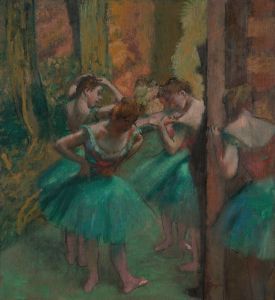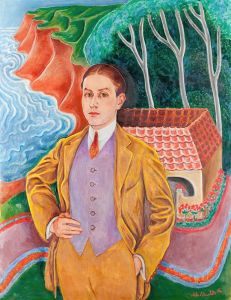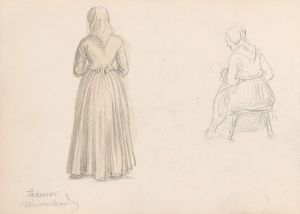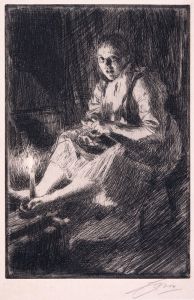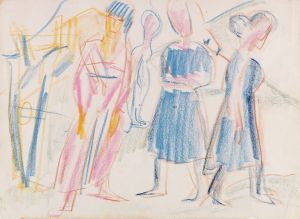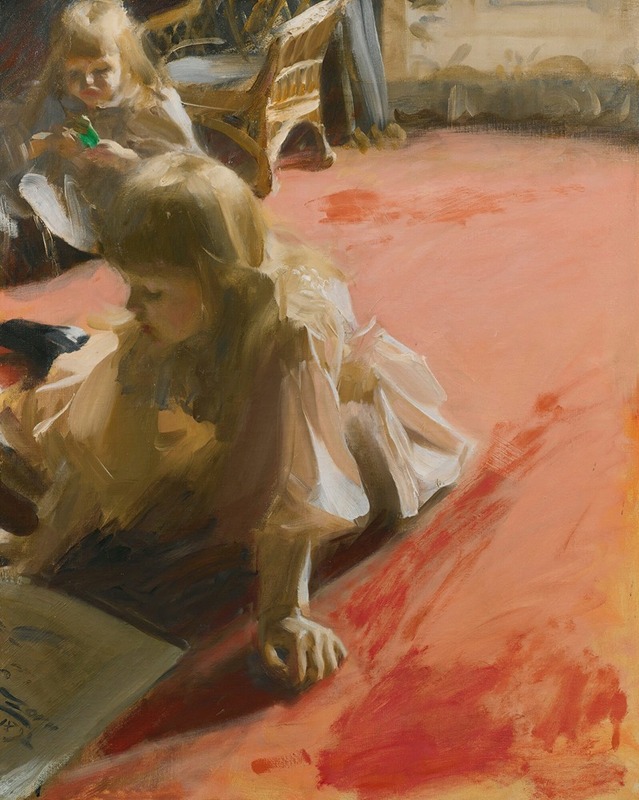
A Portrait Of The Daughters Of Ramón Subercaseaux
A hand-painted replica of Anders Zorn’s masterpiece A Portrait Of The Daughters Of Ramón Subercaseaux, meticulously crafted by professional artists to capture the true essence of the original. Each piece is created with museum-quality canvas and rare mineral pigments, carefully painted by experienced artists with delicate brushstrokes and rich, layered colors to perfectly recreate the texture of the original artwork. Unlike machine-printed reproductions, this hand-painted version brings the painting to life, infused with the artist’s emotions and skill in every stroke. Whether for personal collection or home decoration, it instantly elevates the artistic atmosphere of any space.
"A Portrait of the Daughters of Ramón Subercaseaux" is a painting created by the Swedish artist Anders Zorn in 1892. Zorn, renowned for his mastery of portraiture and his ability to capture light and texture, painted this work during a period when he was gaining international acclaim for his artistic talent.
The painting depicts the daughters of Ramón Subercaseaux, a prominent Chilean diplomat, artist, and politician. Subercaseaux was a significant cultural figure in his time, and his family was well-connected in both European and South American circles. Zorn, who traveled extensively and often worked on commission, was likely introduced to the Subercaseaux family through these connections.
In the portrait, Zorn showcases his characteristic style, which combines loose, fluid brushstrokes with a keen attention to detail in the depiction of his subjects. The daughters are portrayed in an intimate and naturalistic setting, reflecting Zorn's ability to capture the personality and essence of his sitters. The composition and use of light in the painting demonstrate Zorn's skill in creating a sense of immediacy and realism.
The painting is notable for its warm color palette and the interplay of light and shadow, which are hallmarks of Zorn's work. His technique, often compared to that of John Singer Sargent, emphasizes the texture of fabrics, the softness of skin, and the overall atmosphere of the scene. This particular work exemplifies Zorn's ability to convey both the individuality of his subjects and the broader cultural context in which they lived.
As of now, the painting is part of a private collection, and its exact location is not publicly documented. It remains an important example of Zorn's portraiture and his engagement with prominent figures of his era.






